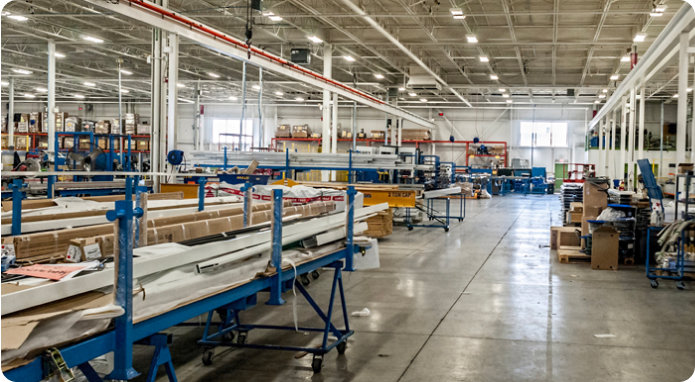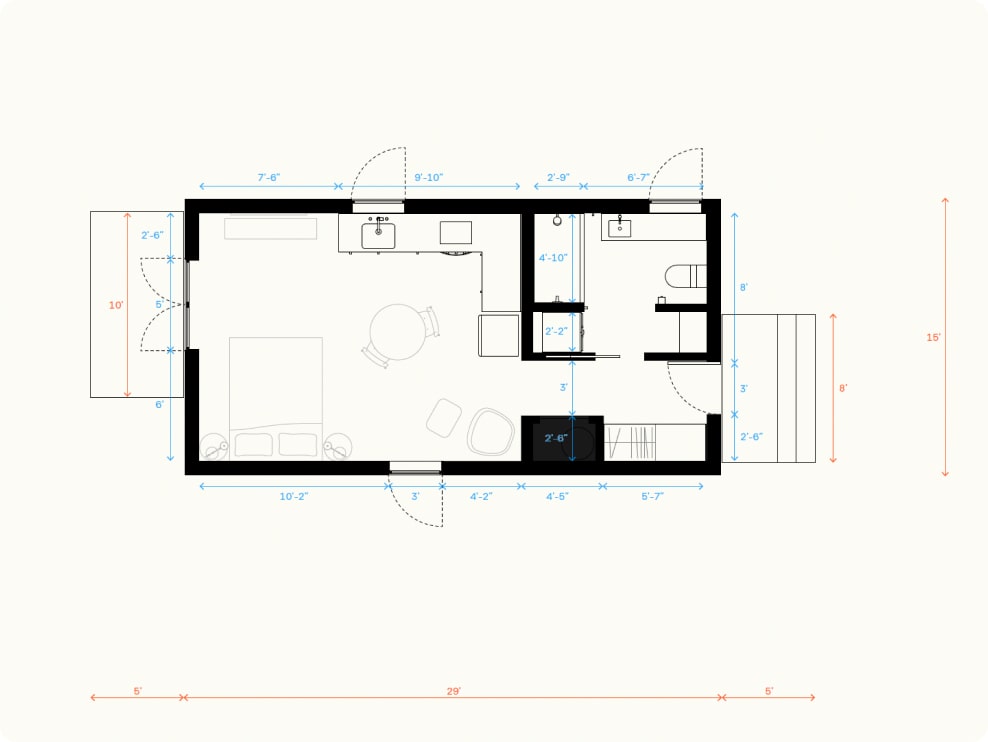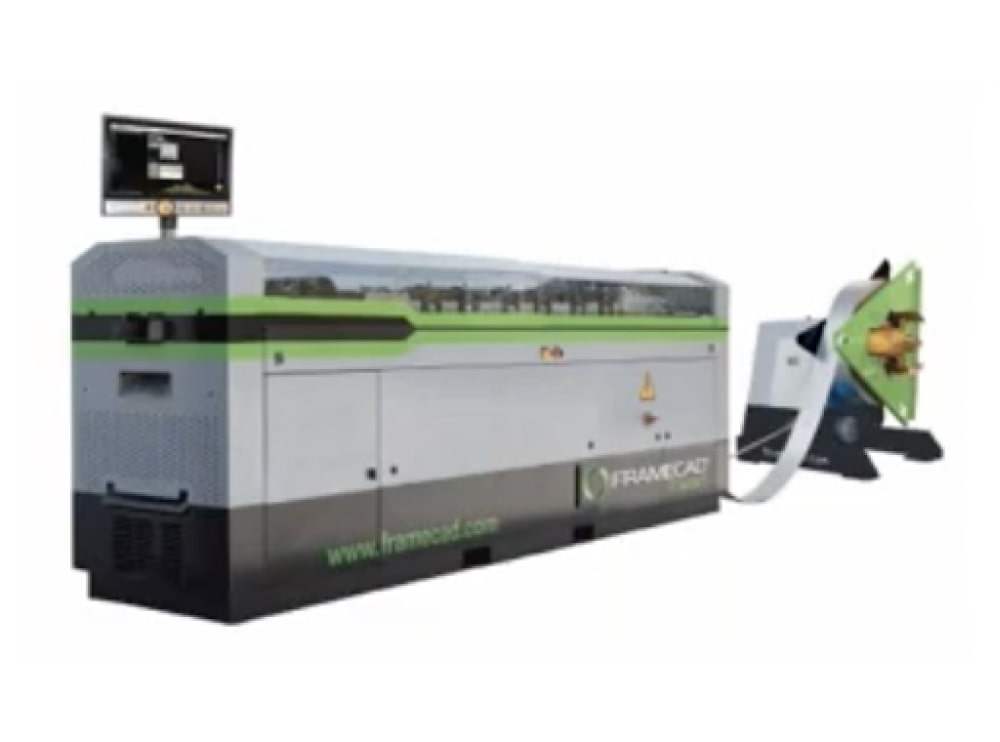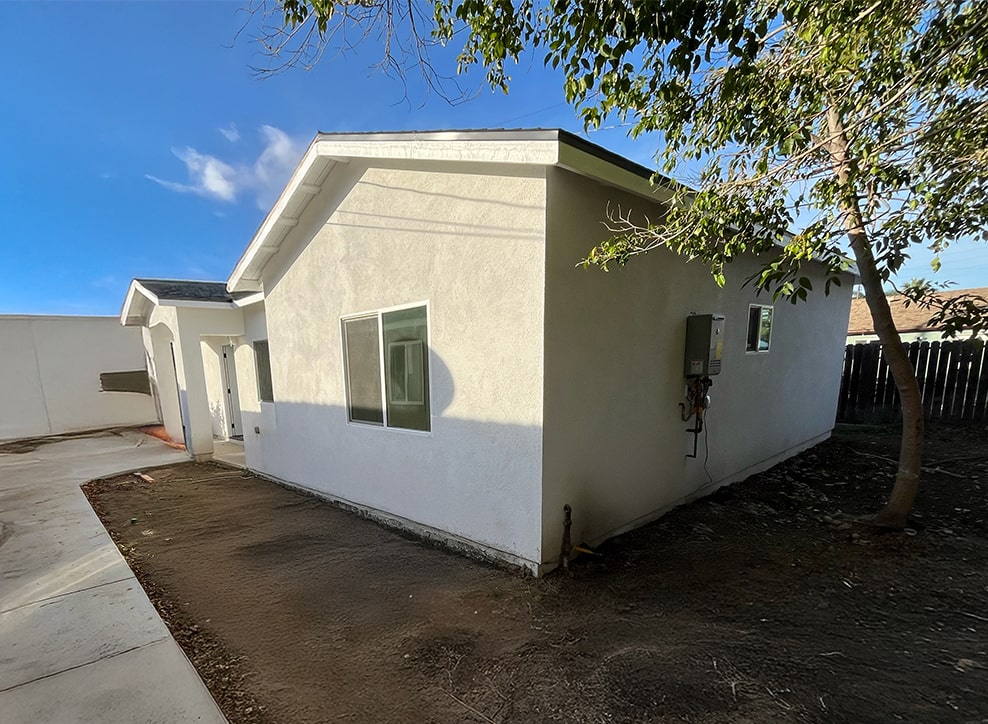HomeBuilding 2.0
Building real estate faster and more cost effectively by leveraging the next generation of design, steel based fabrication and global supply chains.
Logistics & Building Automation
Steel vs wood

Where it will help
Supply - Demand Imbalance
- Housebuilding has lagged demand
- 3-4 Million homes under built
Poor Affordability
- Low down payment savings
- High interest rates
- High student debt
ESG Challenges for Home Construction & Operation
- Material waste
- 40% of global energy use
- 33% of greenhouse gas emission
Old Construction Methods
- Long completion time
- Rising labor and material prices
- Local labor shortages
Factory Built Advantage













